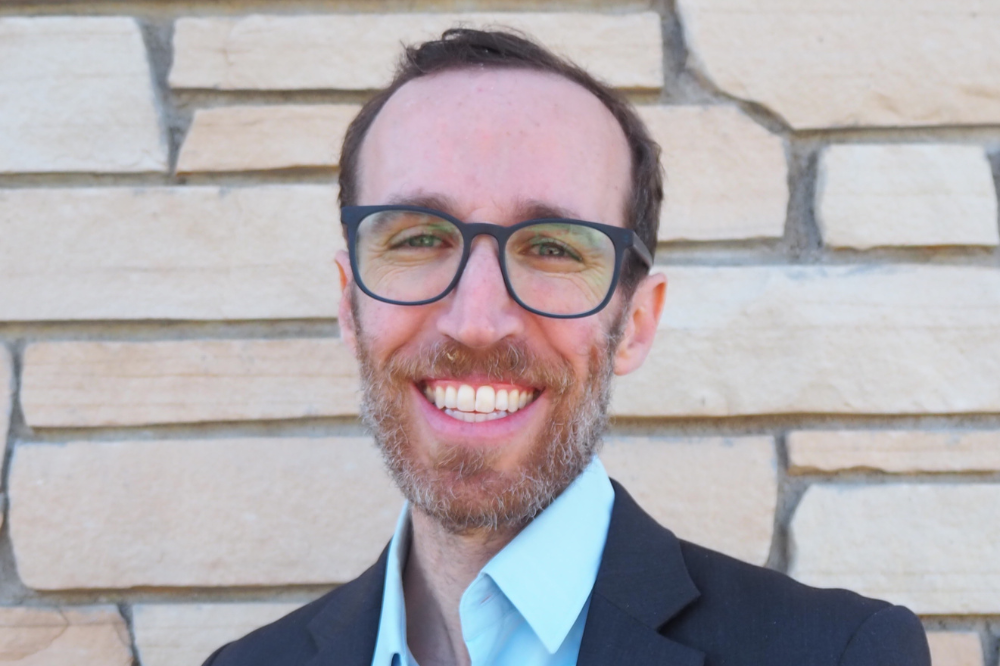What’s new in solar insurance?

What’s new in solar insurance? | Insurance Business Canada
Environmental
What’s new in solar insurance?
Brokers have a significant role to play
Environmental
By
David Saric
Building resilience, proactive hail monitoring and education are all critical pieces of the puzzle to the growth of solar insurance, an expert told Insurance Business.
One of the biggest threats to solar energy is hail, one of the most destructive forms of precipitation that seems to be growing in severity with each passing year, according to James Kaminsky, CEO of kWh.
In bids to optimize solar production, developers have been installing trackers into the equipment.
“And what these devices do is move the solar panel in the direction of the sun at its highest peak, which has increased production by over 20 per cent,” Kaminsky said.
Solar risk assessment professionals considered how this technology was used for efficiency purposes and began to experiment with how it could be used in other ways.
“The Renewable Energy Test Center did a bunch of research to test how the impact of hail hitting a solar panel can change when it is hit from an angle as opposed to head on,” Kaminsky said.
This hypothesis turned out to be true, and researchers found a new use for a technology that was already being used by most solar providers, called the proactive hail stow program. It has upped the equipment’s risk averse qualities without having to install costly new devices or total replacement.
It also comes with the possibility positively influencing insurance rates.
“Underwriters would definitely be able to consider this technology more favourably and have that reflect on the premiums for a policy,” Kaminsky said.
“Anything that people are doing to mitigate loss is good, it should help them get more insurance capacity.”
However, the newest question that is on everyone’s mind in the solar energy field, including insurers, is how to get an accurate reading on when hail is coming in order to prepare the panels in advance of a potentially catastrophic storm.
Furthermore, as many of the owners of these solar energy farm are holding a big, self-insured retention and big deductibles, MGAs and data firms like kWh play a part in increasing awareness around best practices.
“A loss helps no one,” Kaminsky said. “It doesn’t help an insurance company, a competitor or those helping to provide alternative energy.”
“You have to know best practices to truly succeed in solar energy production”
As governments incentivize renewable energy sources to help reduce the widespread use of more traditional and environmentally damaging energy production, more businesses have begun to crop up in the industry.
However, as shown by the Nebraska hailstorm that destroyed a solar farm’s equipment almost entirely, there needs to be an emphasis on education and proper implementation.
“You have to know best practices to truly succeed in solar energy production,” Kaminsky said.
“If we’re lowering down the barriers to entry to who’s going to be installing and operating this equipment, which is ultimately good, we make sure everyone knows about hail stow and that they also know you have to actually push a button in order to get it to go into stow.”
To get the word out about the proper uses of this device, brokers can play a significant role in making a solar energy policyholder more aware of the advancements in the field.
On a broader scale, Kaminsky noted how he thinks the industry has been able to disseminate information on a wider scale.
“When I attend renewable energy conferences, they seem to be increasing in attendance significantly with each passing year,” he said.
Kaminsky also noted that there will be as much solar energy farms built in the next five years as the last 20 combined, which requires a more efficient way to educate these new industry players.
“None of us want our losses to flood social media and scare people that solar isn’t reliable, because that’s not true.”
Where it comes to appetite for the cover, the “demand is certainly there,” Kaminsky, who spoke to Insurance Business from the US, said.
“Carrier appetite on the other hand, is cautiously there,” he said.
Related Stories
Keep up with the latest news and events
Join our mailing list, it’s free!






